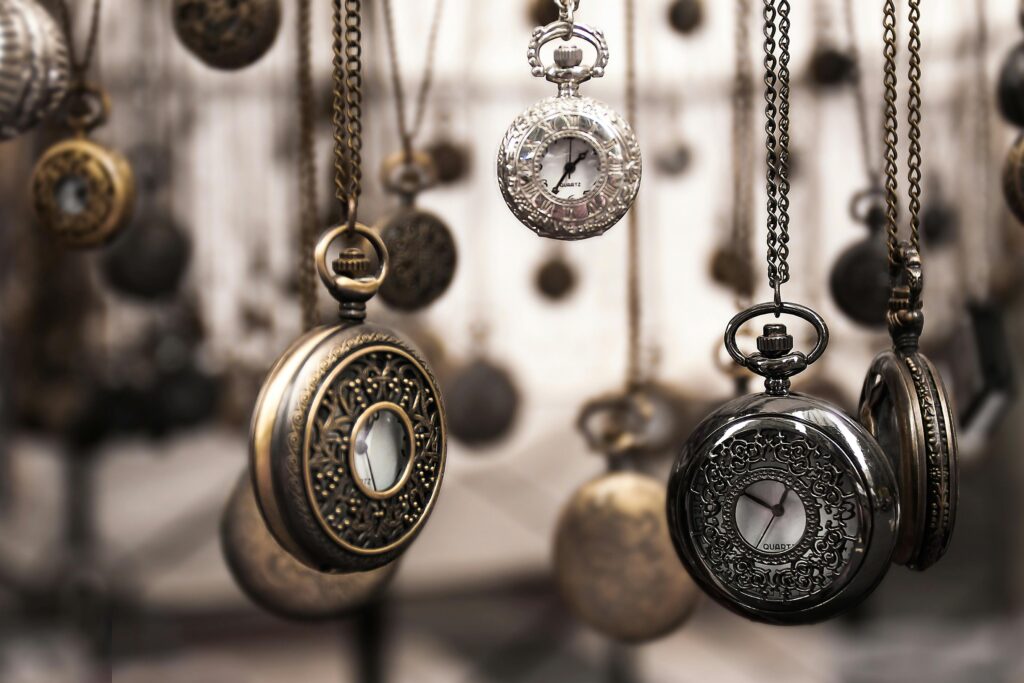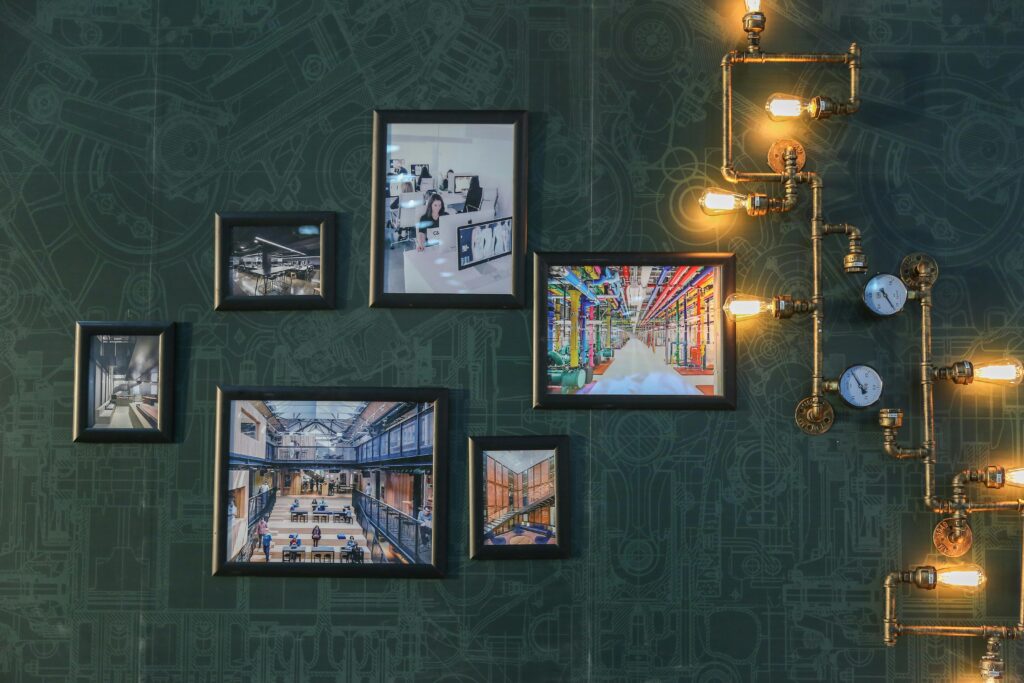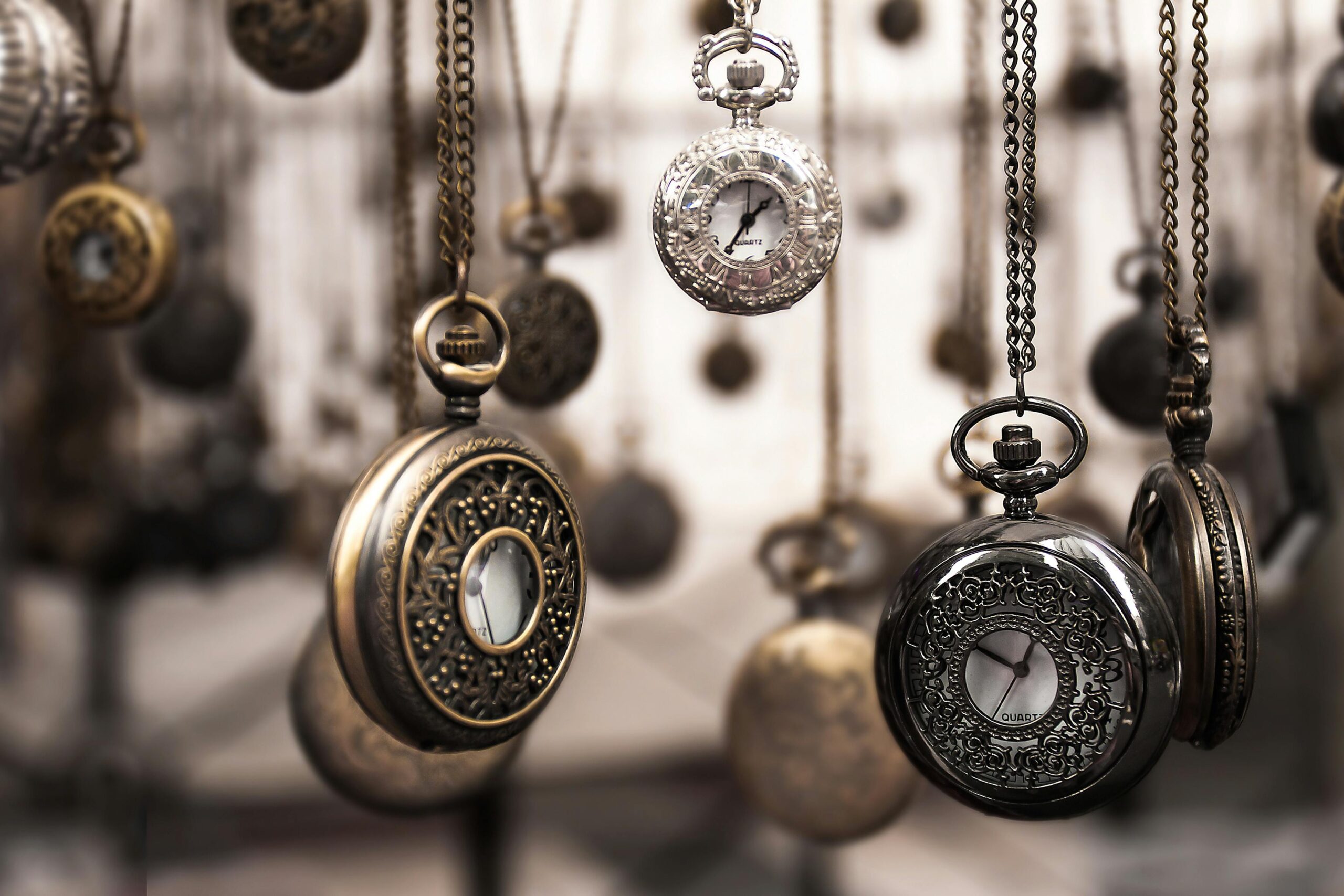Have you ever been fascinated by the intricate details and precision of mechanical artwork? Do you want to try your hand at creating your own mechanical masterpieces but don’t know where to begin? In this article, we will provide you with the top tips for creating mechanical artwork as a beginner. Whether you’re interested in drawing, painting, or sculpting mechanical subjects, these tips will help you kickstart your journey into the world of mechanical art.
Understanding the Basics of Mechanical Artwork
Before diving into creating your mechanical artwork, it’s essential to understand the basics of mechanical art. Mechanical art involves the depiction of machines, gadgets, and other mechanical objects in a visually appealing way. To create realistic mechanical artwork, you need to pay attention to details such as gears, levers, and intricate designs.
When starting with mechanical artwork, begin by observing real-life mechanical objects. Study the way different components interact with each other and how they contribute to the overall functionality of the object. This observation will help you understand the underlying mechanics of mechanical objects, which will be reflected in your artwork.
Tips:
- Start by sketching simple mechanical objects such as clocks or tools to practice your observation skills.
- Take apart old mechanical objects to see how each component fits together and functions.
Choosing the Right Medium
When it comes to creating mechanical artwork, choosing the right medium is crucial. The medium you select will greatly influence the final outcome of your artwork. Whether you prefer traditional mediums like pencils and paper or digital mediums such as graphic design software, there are various options available to bring your mechanical creations to life.
If you enjoy working with physical mediums, consider using pen and ink for precise line work or acrylic paint for vibrant colors. Alternatively, if you prefer digital art, programs like Adobe Illustrator and Procreate offer advanced tools for creating digital mechanical artwork.
Tips:
- Experiment with different mediums to find the one that suits your artistic style.
- Consider combining traditional and digital mediums for a unique artistic touch.

Learning Perspective and Proportions
One of the key elements of creating realistic mechanical artwork is mastering perspective and proportions. Understanding how to depict depth and scale accurately will elevate your mechanical creations to the next level. Perspective refers to the technique of creating an illusion of three-dimensional space on a two-dimensional surface, while proportions involve accurately sizing and scaling objects within your artwork.
To improve your understanding of perspective and proportions, practice drawing basic shapes in different angles and viewpoints. Pay attention to how objects appear larger or smaller depending on their distance from the viewer. This practice will help you create more realistic and visually appealing mechanical artwork.
Tips:
- Use a grid or ruler to ensure accurate proportions in your drawings.
- Experiment with different perspectives to add depth and dimension to your mechanical artwork.
Incorporating Texture and Detail
Adding texture and detail to your mechanical artwork can make it more visually engaging and realistic. Texture refers to the surface quality of an object, while detail involves including intricate elements within your artwork. By incorporating texture and detail effectively, you can bring your mechanical creations to life and capture the essence of the objects you’re depicting.
Experiment with different techniques to create texture in your artwork, such as cross-hatching, stippling, or using textured paper. Additionally, focus on adding small details like screws, bolts, or rivets to enhance the realism of your mechanical subjects.
Tips:
- Practice different texturing techniques to add depth and dimension to your mechanical artwork.
- Pay attention to small details that can make a big difference in the overall look of your artwork.

Understanding Light and Shadow
Light and shadow play a crucial role in creating a sense of depth and dimension in your mechanical artwork. By mastering the principles of light and shadow, you can make your mechanical creations appear more realistic and lifelike. Understanding how light interacts with different surfaces and forms will allow you to accurately depict the play of light and shadow in your artwork.
Experiment with various lighting scenarios to observe how light affects the appearance of mechanical objects. Practice shading and highlighting to create realistic shadows and reflections within your artwork. By mastering light and shadow, you can create compelling and dynamic mechanical artwork.
Tips:
- Study the way light falls on different surfaces to understand how shadows are cast.
- Experiment with different light sources to create dramatic effects in your mechanical artwork.
Seeking Inspiration and Reference
As a beginner in the world of mechanical artwork, seeking inspiration and reference materials can greatly benefit your artistic growth. By studying the works of established mechanical artists and referencing real-life mechanical objects, you can gain valuable insights into techniques and styles that you can incorporate into your artwork. Additionally, seeking inspiration from a variety of sources can help you develop your unique artistic voice in the realm of mechanical art.
Create a collection of reference materials such as photos, sketches, and magazine clippings to inspire your mechanical artwork. Look for inspiration in everyday objects, nature, and industrial designs to spark your creativity and imagination. By seeking inspiration and reference, you can enhance your skills and expand your artistic horizons in the world of mechanical art.
Tips:
- Follow mechanical artists on social media platforms to stay updated on the latest trends and techniques.
- Create a mood board or inspiration board to gather visual references for your mechanical artwork.

Setting Realistic Goals and Practicing Consistently
Like any artistic endeavor, creating mechanical artwork requires patience, dedication, and practice. As a beginner, it’s essential to set realistic goals for your artistic journey and practice consistently to improve your skills. Setting achievable goals will allow you to track your progress and stay motivated, while consistent practice will help you refine your techniques and develop your artistic style.
Start by setting small, achievable goals for your mechanical artwork, such as mastering a specific technique or completing a certain number of drawings per week. Break down larger projects into manageable tasks to prevent overwhelm and maintain focus. By establishing a regular practice routine and staying committed to your artistic goals, you can steadily progress in your journey as a mechanical artist.
Tips:
- Create a schedule or routine for practicing your mechanical artwork to stay disciplined and focused.
- Set both short-term and long-term goals to track your progress and celebrate your achievements.
Embracing Mistakes and Learning from Failure
As a beginner in the world of mechanical artwork, it’s important to embrace mistakes and view failures as opportunities for growth and learning. Making mistakes is an inevitable part of the artistic process, and every error provides valuable insights that can help you improve your skills and refine your techniques. By adopting a growth mindset and welcoming mistakes as learning experiences, you can turn setbacks into stepping stones towards artistic mastery.
When facing challenges or setbacks in your mechanical artwork, view them as opportunities to experiment, learn, and grow. Analyze your mistakes objectively and identify areas for improvement without being too harsh on yourself. By embracing mistakes and viewing failure as a natural part of the artistic journey, you can develop resilience and perseverance in pursuing your passion for mechanical art.
Tips:
- Keep a sketchbook or journal to document your artistic progress and reflect on your mistakes.
- Seek feedback from fellow artists or mentors to gain valuable insights and constructive criticism.
Joining Art Communities and Seeking Feedback
As a beginner mechanical artist, joining art communities and seeking feedback from fellow artists can provide you with valuable support, guidance, and encouragement in your artistic journey. By connecting with like-minded individuals who share your passion for mechanical art, you can gain inspiration, exchange ideas, and receive constructive feedback on your artwork. Art communities offer a platform for artists to showcase their work, participate in collaborative projects, and engage in discussions about various artistic topics.
Join online art forums, social media groups, or local art clubs to connect with other mechanical artists and enthusiasts. Share your artwork with the community to receive feedback, suggestions, and encouragement from fellow artists. By actively participating in art communities and seeking feedback, you can cultivate a supportive network of artists who can help you grow and develop your skills as a mechanical artist.
Tips:
- Engage in online challenges or collaborations with other artists to expand your creative horizons.
- Attend art exhibitions, workshops, and events to network with other artists and learn new techniques.
In conclusion, creating mechanical artwork as a beginner can be a rewarding and fulfilling experience that allows you to explore your creativity and artistic skills. By understanding the basics of mechanical art, choosing the right medium, mastering perspective and proportions, incorporating texture and detail, and understanding light and shadow, you can create stunning and realistic mechanical artwork. Seek inspiration, set realistic goals, practice consistently, embrace mistakes, and join art communities to enhance your skills and grow as a mechanical artist. Remember to enjoy the journey and keep experimenting with different techniques and styles as you develop your unique artistic voice in the world of mechanical art. Happy creating!

